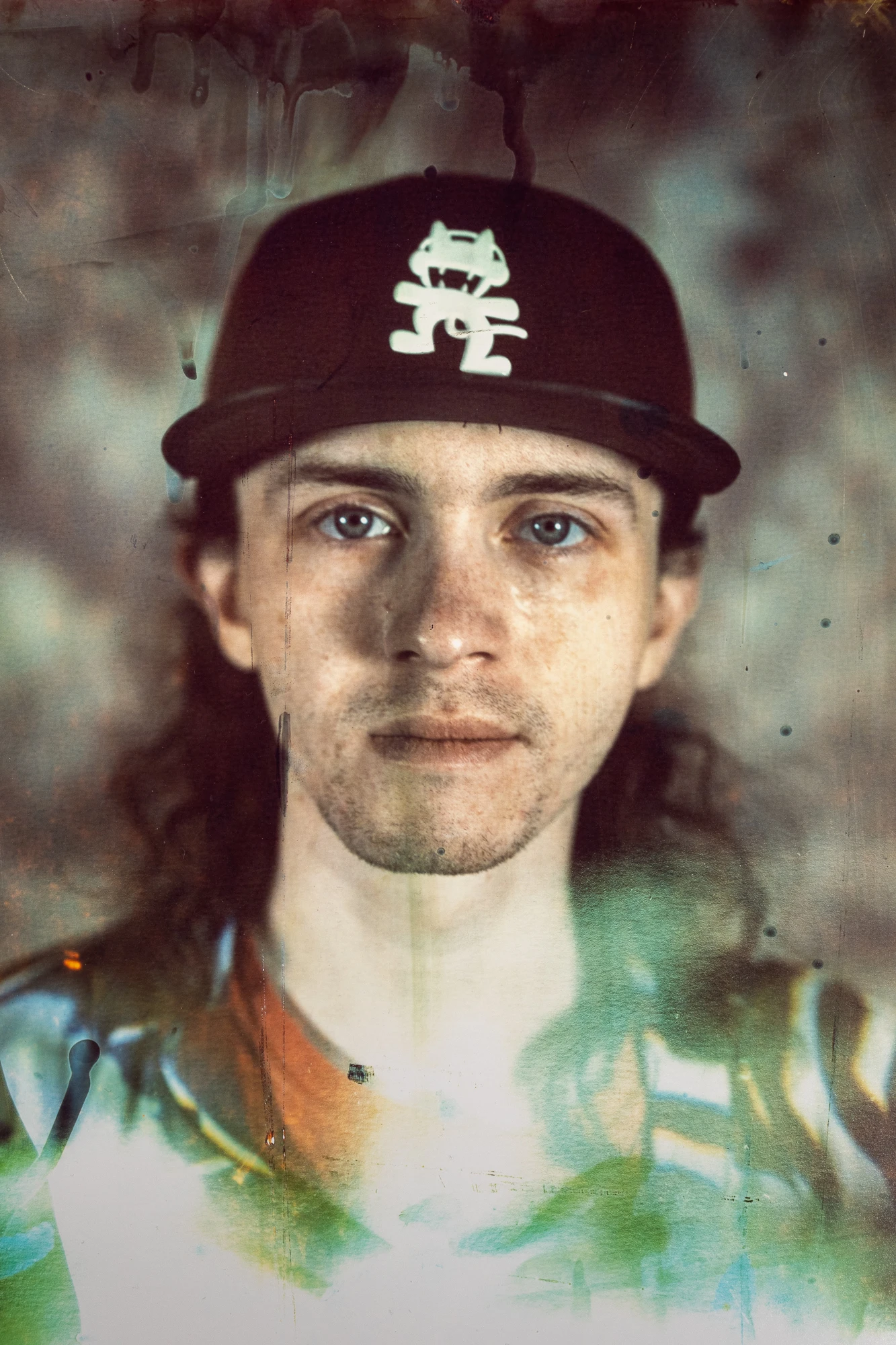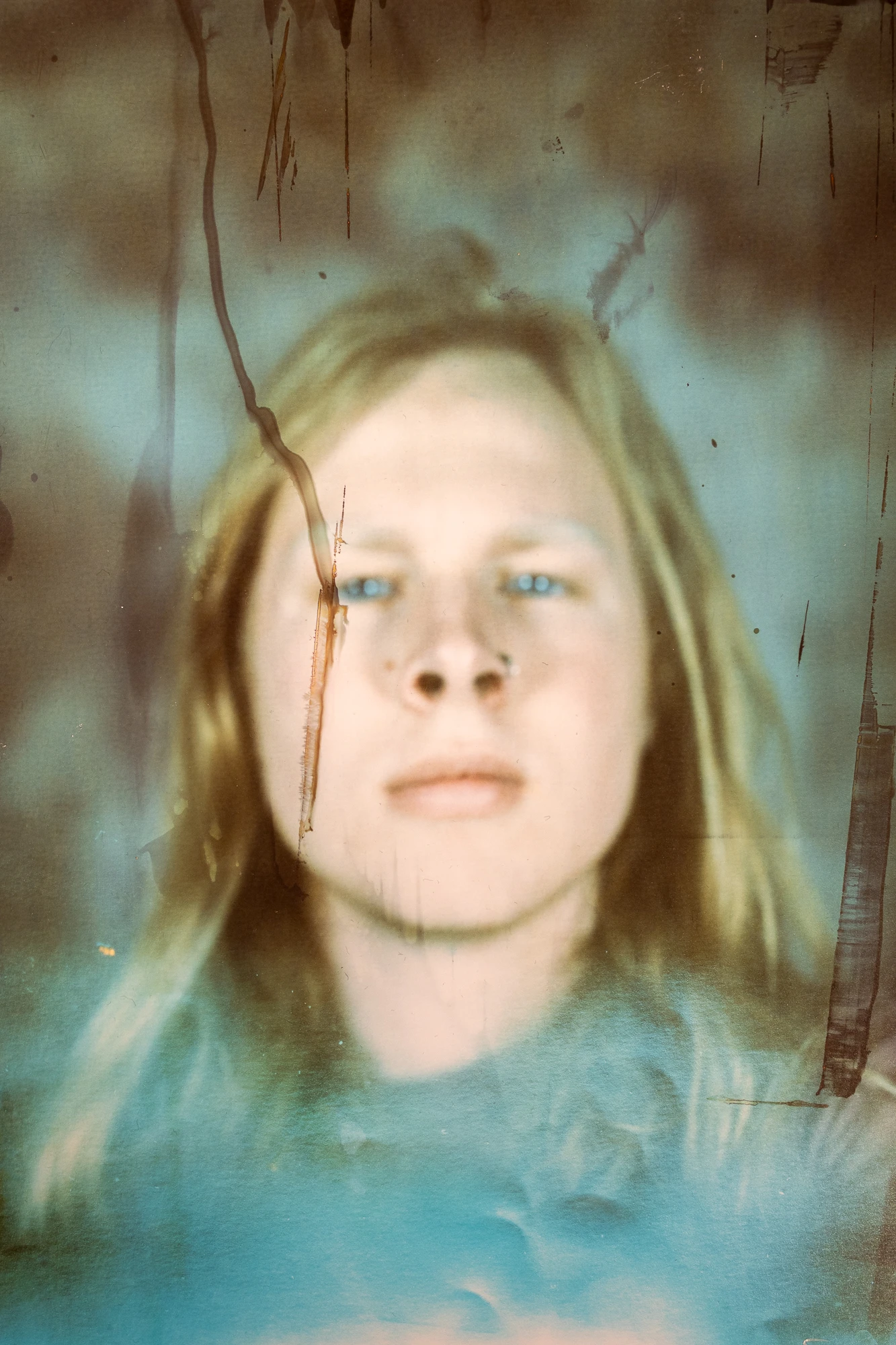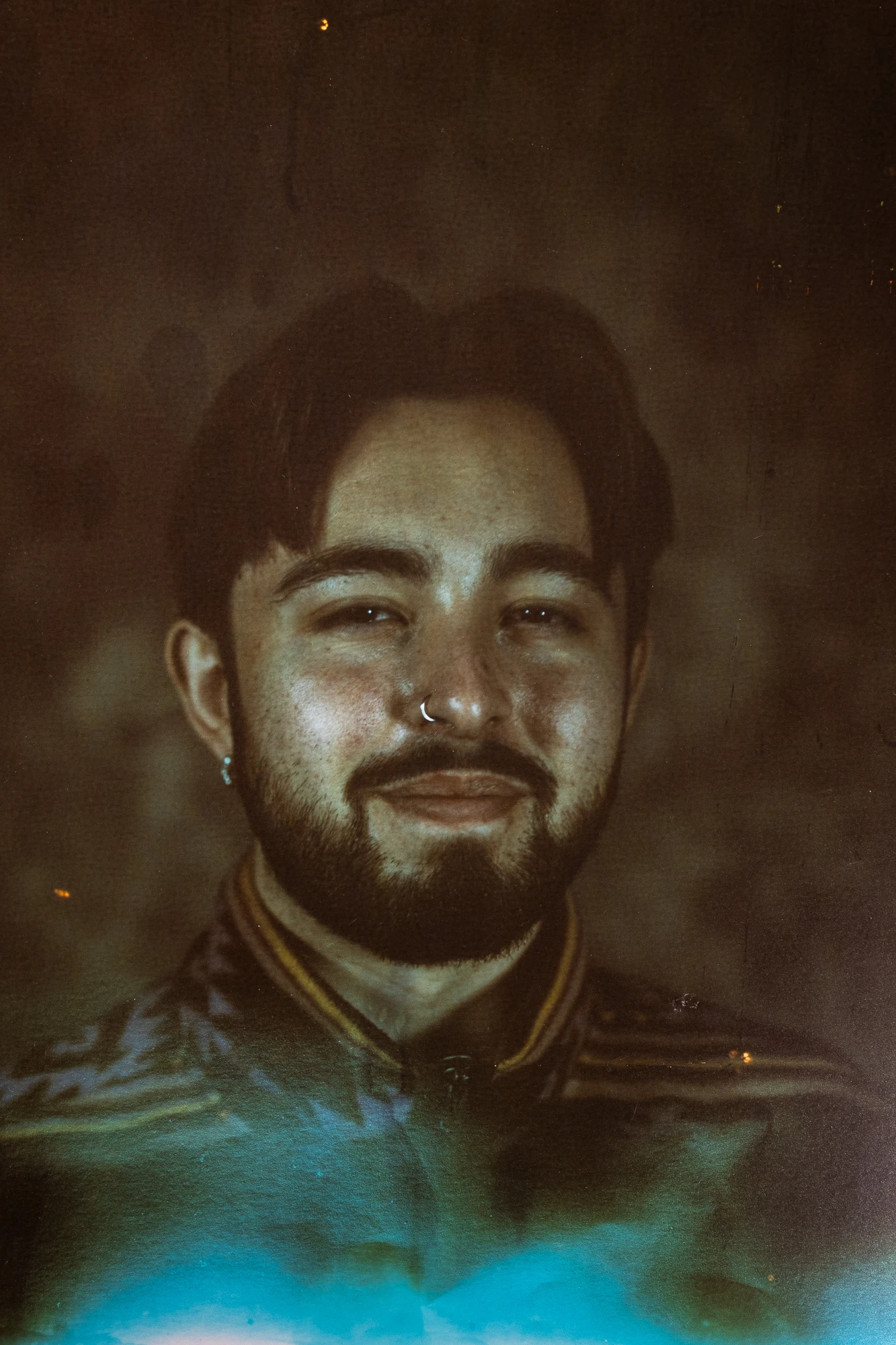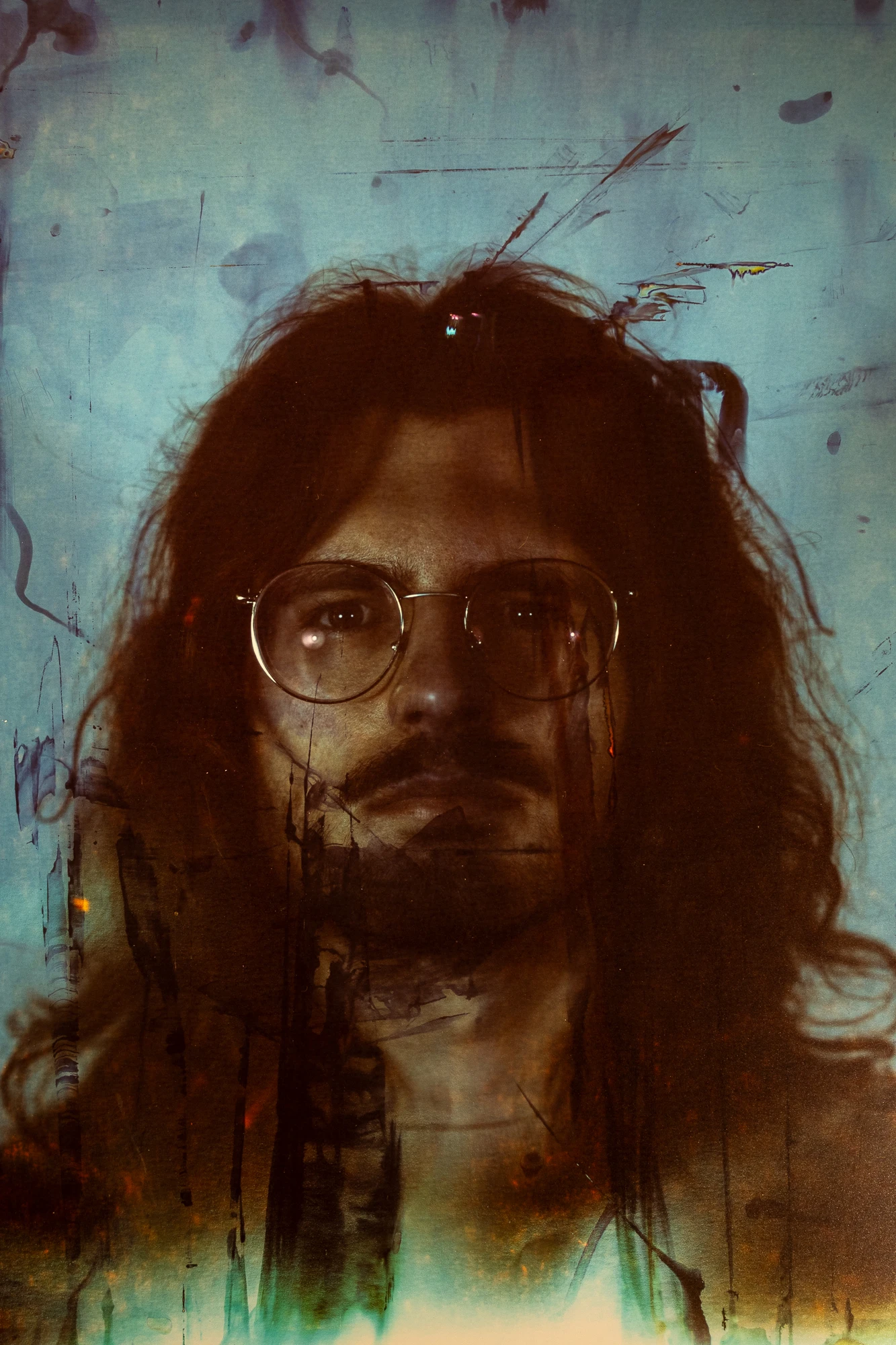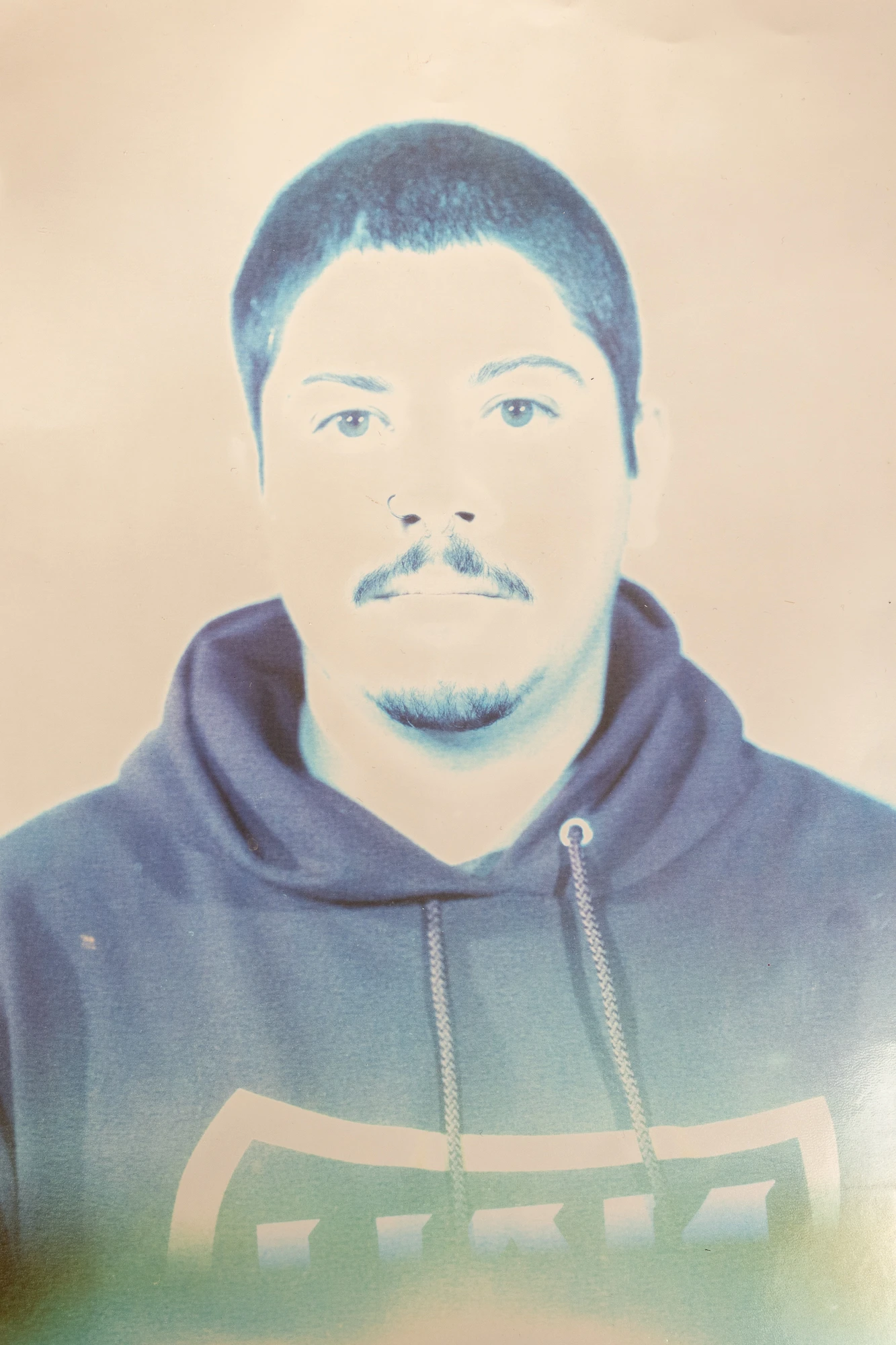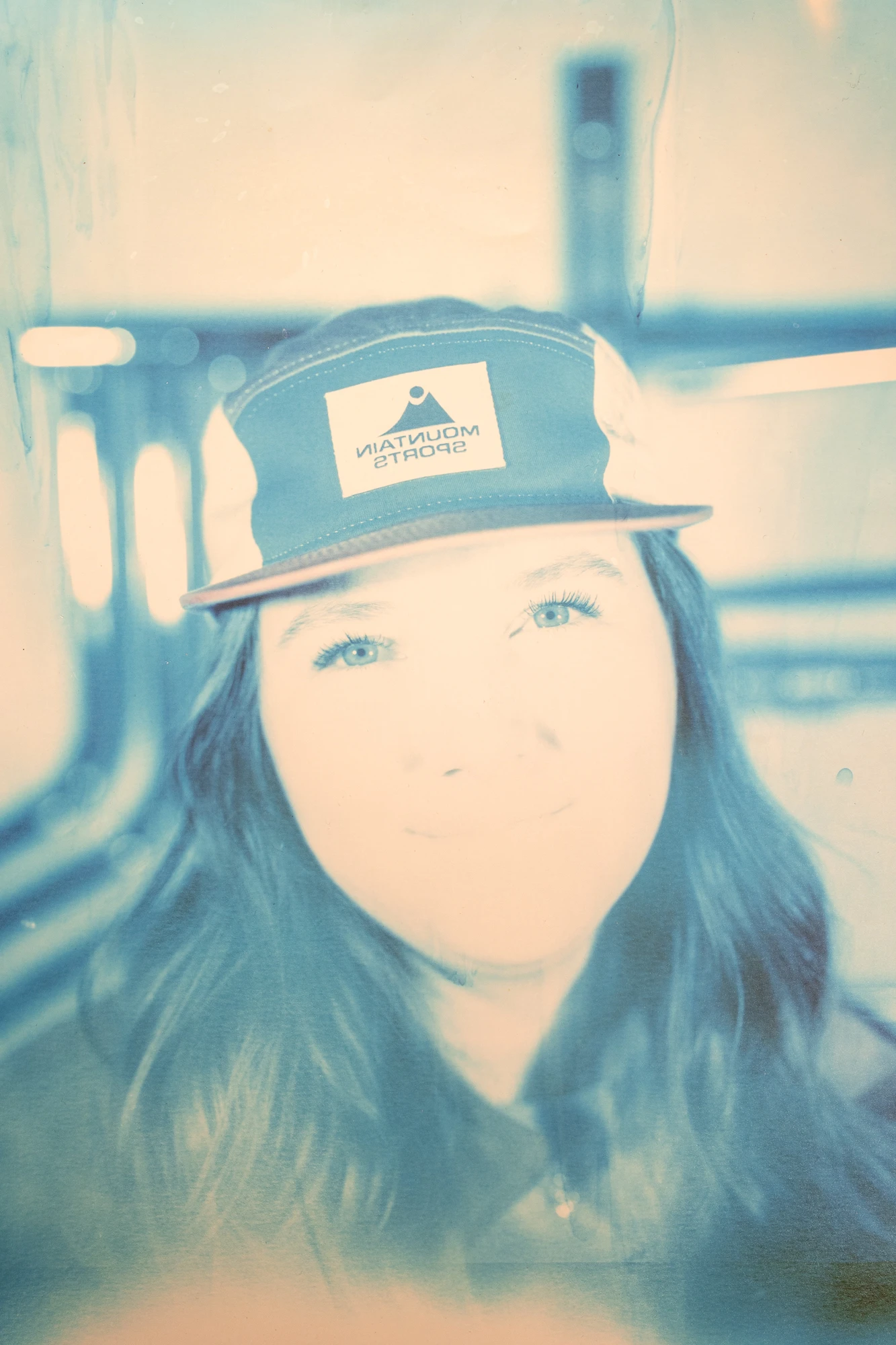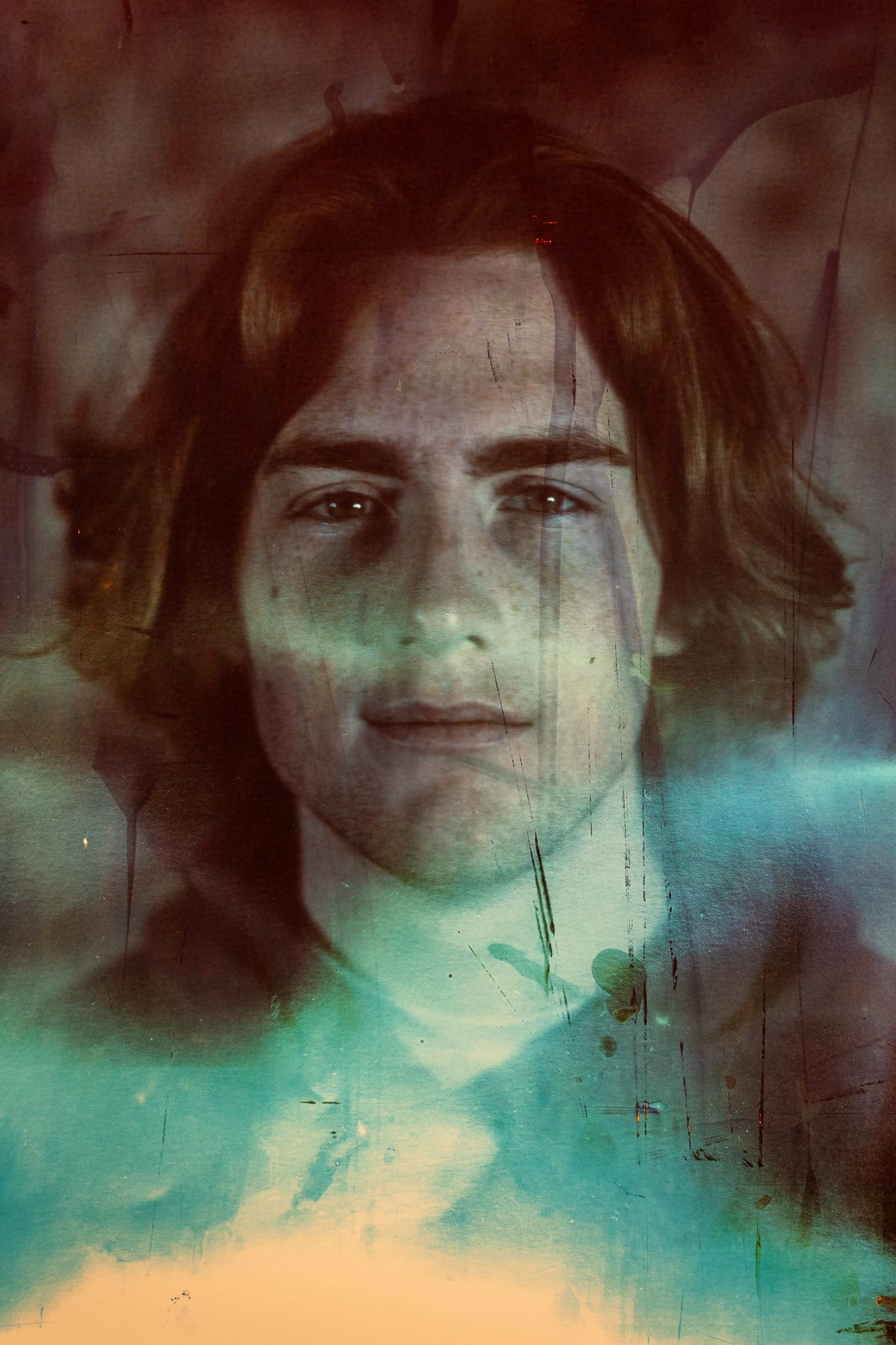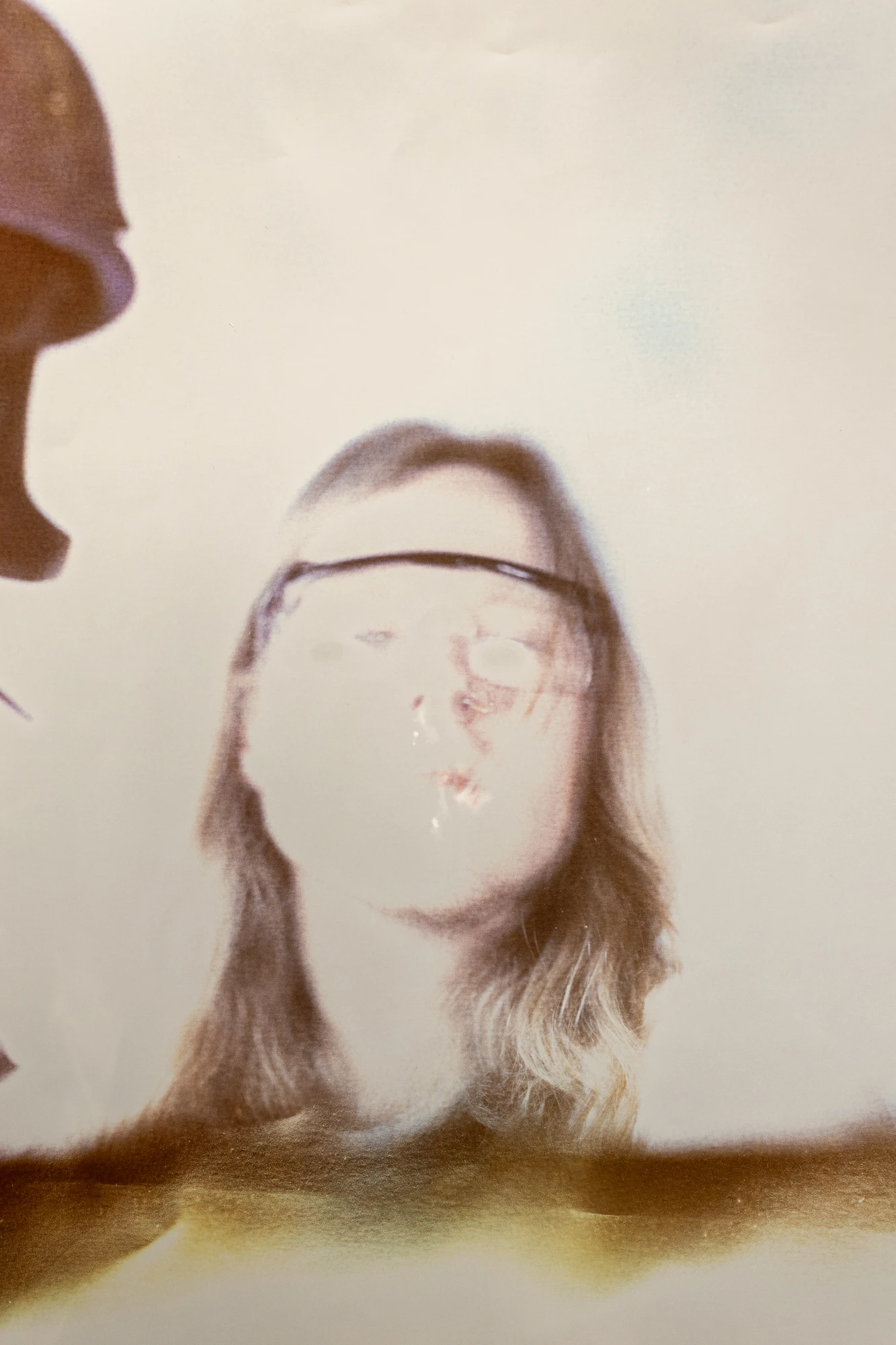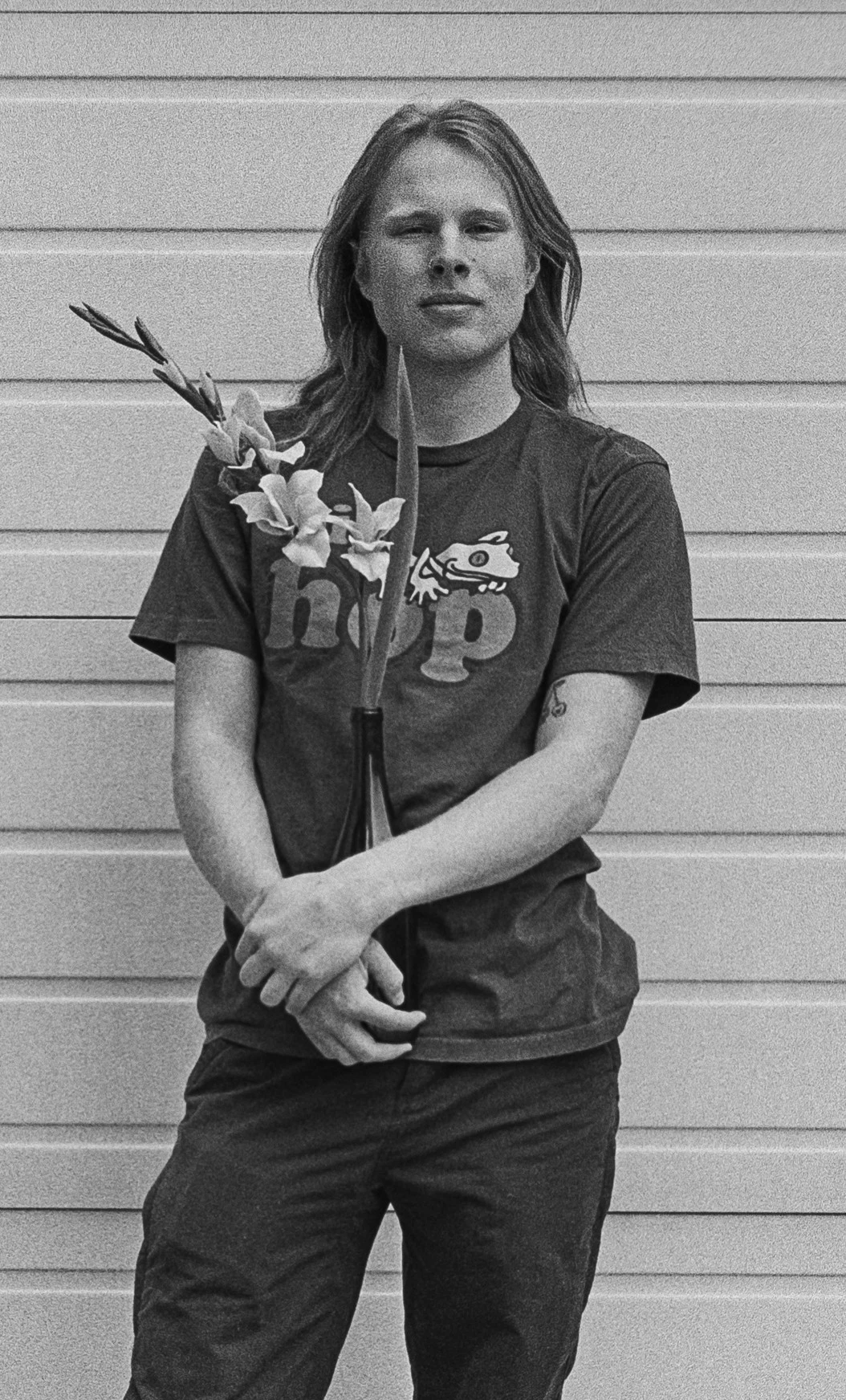Hi, I'm Jacob Handley!
Jacob-Handley.com
Instagram: allsojacob
The accessible nature of modern digital photography has been the result of countless lifetimes of research and development of the capturing, saving, and viewing of a photographic image. It is a modern miracle that a camera capable of taking, viewing, and sending high-quality pictures fits within a pocket. However, there is still merit to analog photographic processes that are not as accessible, not as pristine as a digital image. Not only because they were the pathway to the modern digital image and provide insight into the dedication it took to achieve such a feat, but also because the process inherently changes the image itself.
Due to the advancement of digital photographic technology, analog photographic processes have become less commercially viable and as a result, the diversity of choice a photographer has when considering a photographic medium has considerably suffered. A medium that nearly disappeared altogether is instant photography. The mechanics of instant color photography is extremely complex and the manufacture of such materials is completely outside the scope of an average photographer’s darkroom. As such, access to this photographic medium is dependent on whether a manufacturer such as Polaroid decides to keep making these materials. After the 2008 housing crisis Polaroid went bankrupt and production of all Polaroid materials ceased. Although Polaroid has resumed production of some photographic materials, which was just short of a miracle, some materials will forever remain unavailable, such as 4x5 polaroids.
Through the use of a homemade 11x14 camera and the RA-4 reversal process, this project aims to create a reproducible process for large format instant photographs.
The body of the camera used in this project was built by hand over a one week period the summer before the project began. The design was inspired by other homemade cameras but is an original design, specifically the focusing system which uses drawer slides to move the front standard to adjust focus.
The RA-4 reversal process begins by capturing the latent image of a scene and developing it, resulting in a negative image or the reverse of what was observed in the scene. This negative image is then unconventionally exposed to light, which results in a reversal of the image. After re-exposure the image is then developed a second time, resulting in a positive image of the scene.
The RA-4 reversal process is used in tandem with the homemade camera to create 11x14 direct positive color images of studio portraits that can be produced significantly faster than traditional darkroom printing, with the added benefit that the subject can watch the photo develop in real time.
Large Format Instant Photography
